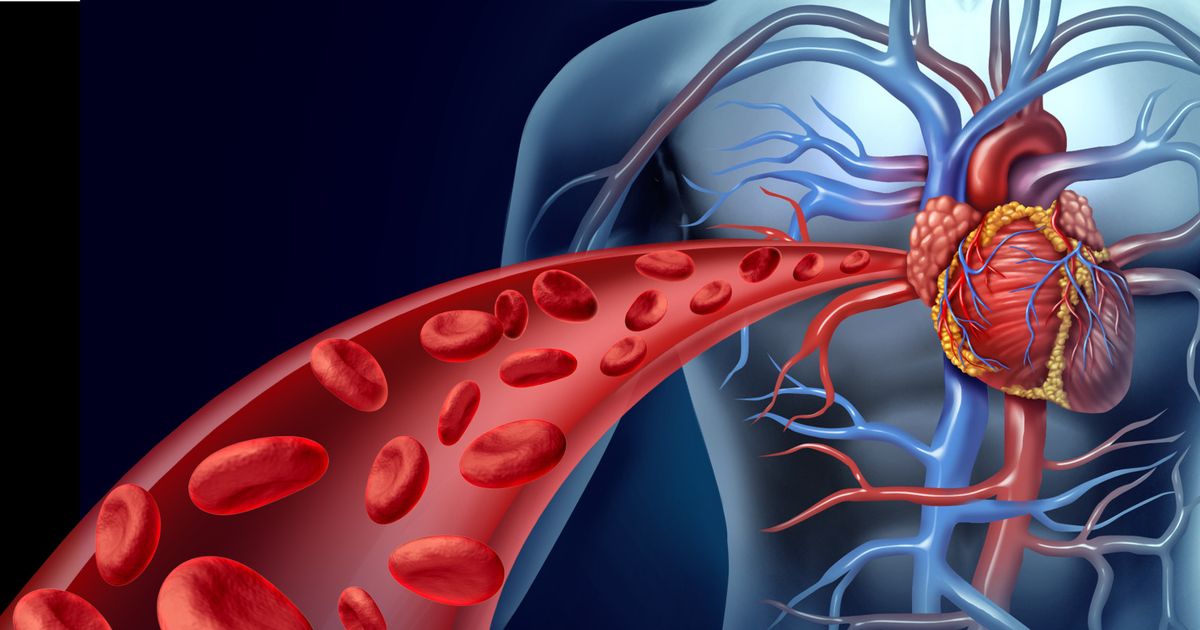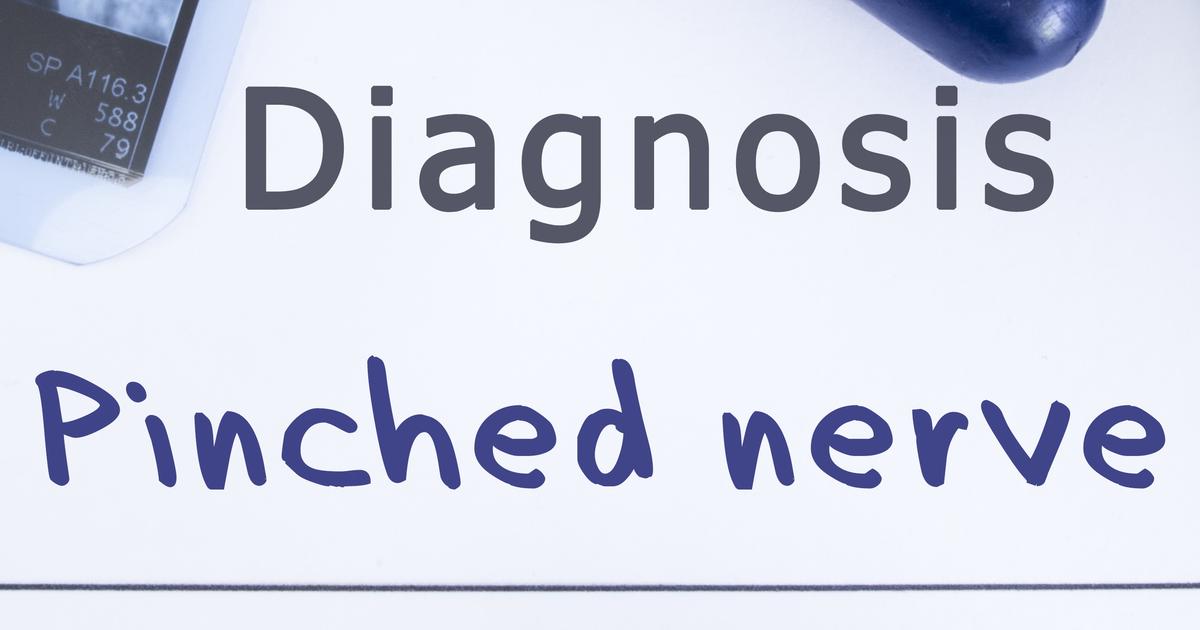What Causes Pins And Needles?
Pinched Nerve
An individual experiencing a pins and needles sensation may have a pinched nerve. Bones, bone spurs, muscles, tendons, cartilage, and other connective tissues can all inappropriately apply pressure to neighboring sensory nerves. Trauma and a number of conditions can result in a pinched nerve. Carpal tunnel syndrome can cause paresthesia in the affected individual's hand. The main nerve that feeds into the hands passes through a ring formed by the wrist bones. The movements that cause carpal tunnel syndrome result in an inflammatory response in the tendons and surrounding membranes in the wrist. This swelling and inflammation narrow the amount of space in the wrist ring where the main nerve runs through, which pinches or compresses it. Sciatica is a condition characterized by a pinched sciatic nerve that feeds the legs and feet. Issues in the buttock, pelvic, and lower back area can cause this nerve to become pinched. Sometimes the large piriformis muscle in the buttocks can pinch or constrict the sciatic nerve, which interrupts nerve signals to the legs and feet. When a nerve is being pinched by other tissues, the impulses are unable to pass completely or at all, resulting in paresthesia.
Uncover another cause of a pins and needles sensation now.
Poor Circulation

Pre-existing conditions, injuries, or external influences that result in poor circulation to the legs can cause an individual to feel the pins and needles sensation. Poor blood circulation means less oxygen delivery to the tissues around the body. The nerve cells in the peripheral nervous system can only survive in poor oxygen conditions for a short time. In order to survive as long as possible in oxygen-poor conditions, the nerve cells can decrease their size in a process called atrophy. In healthy conditions, nerve impulses move from one nerve to the next through a synaptic junction. This process works seamlessly when there is an adequate amount of oxygen, and when the nerve cells are an appropriate size. However, nerve cells that have shrunk due to their survival mechanism in oxygen-poor conditions cause the synaptic junction to become too wide for the impulses to cross successfully. This malfunction can cause only partial impulses to get across the junction between nerves, or inhibit the transmission altogether. This lack of proper nerve transmission can result in the pins and needles sensation in the affected region of the leg.
Discover additional causes of pins and needles now.
